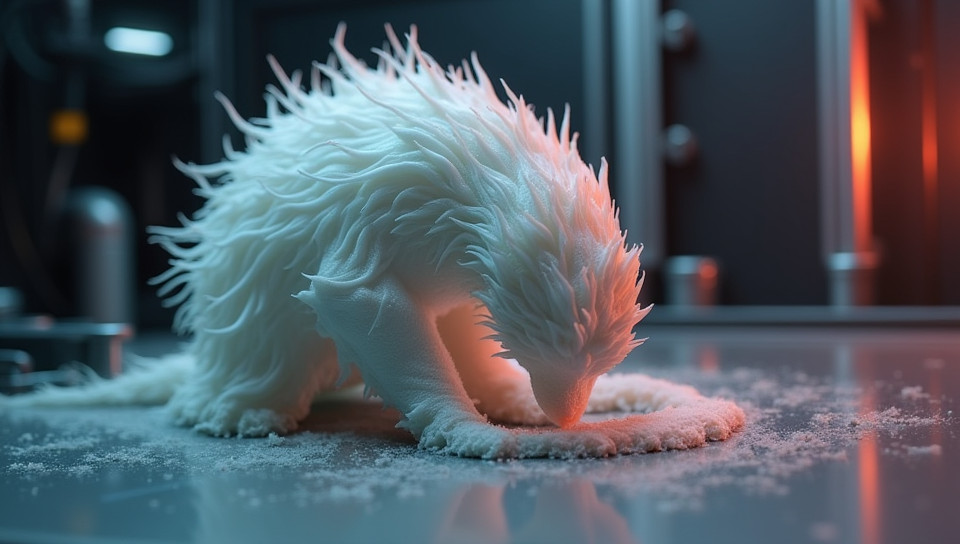3D printing with FDM is time-consuming and slow 58%

The Dark Side of 3D Printing: Why FDM is Time-Consuming and Slow
Imagine having to wait hours, even days, for a single print job to complete. Sounds frustrating, right? This is the reality many 3D printing enthusiasts face when working with Fused Deposition Modeling (FDM) technology. In this article, we'll explore the reasons behind the slow pace of FDM and what it means for users.
The Anatomy of FDM
Before diving into the issues, let's briefly understand how FDM works. FDM is a type of 3D printing that uses melted plastic to create objects layer by layer. The process involves extruding hot plastic through a nozzle, which is guided by a gantry or moving platform.
Limitations of FDM
Several factors contribute to the slow pace of FDM:
- Material properties: FDM relies on thermoplastic materials, which have limited thermal conductivity and specific heat capacity.
- Printing speed: FDM typically prints at speeds between 10 mm/s to 100 mm/s, depending on the material and printer settings.
- Layer thickness: To achieve high detail and accuracy, FDM often requires thin layers, which increases print time.
The Impact on Users
The slow pace of FDM can be a significant obstacle for users, especially those working with tight deadlines or requiring high production volumes. Some common challenges faced by users include:
- Long waiting times: Users may need to wait several hours or even days for a single print job to complete.
- Increased costs: The longer print times and higher material costs associated with FDM can lead to significant expenses.
- Limited scalability: FDM's slow pace makes it difficult to achieve high production volumes, limiting its potential in industries that require rapid prototyping.
Conclusion
While FDM has revolutionized the 3D printing industry, its limitations are undeniable. The slow pace of FDM is a major constraint for users, affecting productivity, costs, and scalability. As the demand for faster and more efficient 3D printing technologies grows, manufacturers will need to address these challenges head-on. By exploring alternative technologies or optimizing existing ones, we can unlock the full potential of 3D printing and make it more accessible to a wider range of users.
- Created by: Noah Weber
- Created at: Aug. 11, 2024, 10:27 p.m.
- ID: 6840



